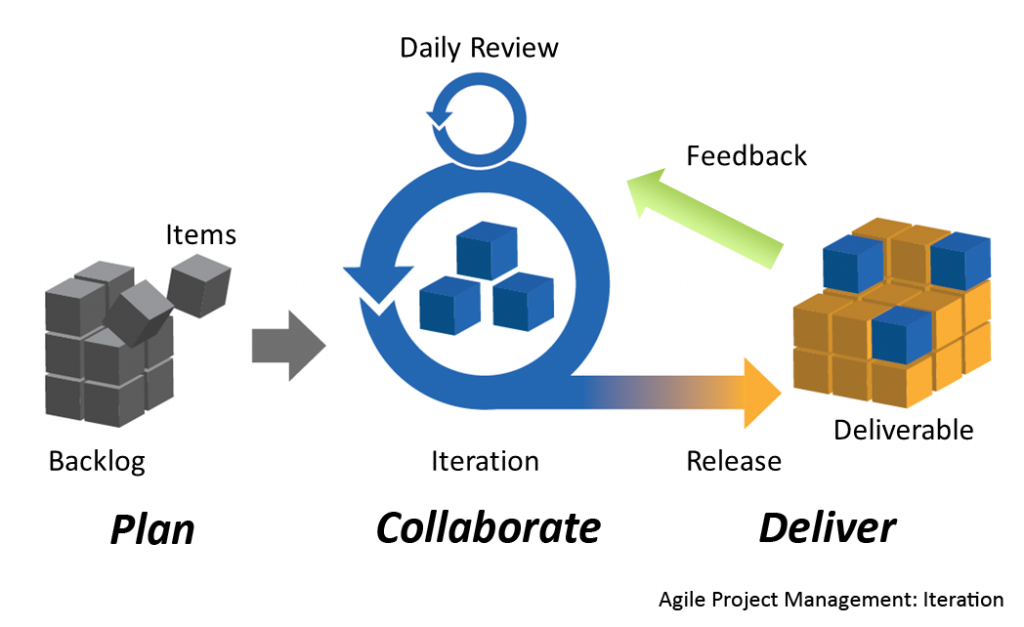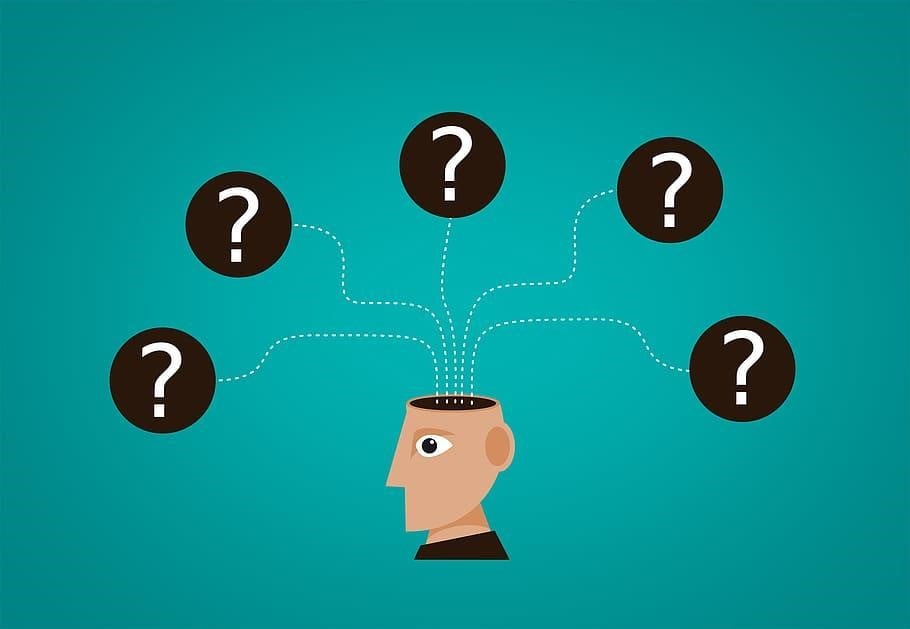A Beginner’s Guide to the Agile Framework
When it comes to creating a product or managing a project, the choice of methodology in managing that process can determine the impact or value that is derived. The traditional method involved a stakeholder talking through all their requirements, expectations and having these documented in great detail. The team would then disappear into a vacuum for months, if not years, and would surface with a final product only to find that what they have created was either not in line with the expectations, or that time had moved on so quickly that the technology was now redundant.
Agile methodologies then started to come into their own to solve this problem by trying to enable teams to produce high-quality results in small increments and for them to respond quickly to changes.
What is Agile?
Agile is a framework—it’s a collection of methods, practices, and values. It’s an approach that allows you to improve your product’s speed, quality, and value. Agile helps solve problems, create rapid prototypes and deliver solutions that drive business value.
The manifesto for Agile Software Development is as follows:
We are uncovering better ways of developing software by doing it and helping others do it.
Through this work we have come to value:
Individuals and interactions over processes and tools
Working software over comprehensive documentation
Customer collaboration over contract negotiation
Responding to change over following a plan
That is, while there is value in the items on the right, we value the items on the left more.
There are different Agile processes to support this and some of the more common ones are as follows:
- Kanban
- Scrum
- Extreme Programming (XP)
- Feature-driven development (FDD)
- Dynamic Systems Development Method (DSDM)
- Crystal
- Lean
Scrum is one of the most popular so we now focus on this aspect.
What is Scrum?
Scrum is a framework for managing and completing projects and product development. Scrum enables teams to achieve agility (fast reaction to changes) and deliver high-quality products. Scrum has been proven to be one of the most efficient ways to develop products and which is why it’s so commonly used within the technology industry.
In its simplest terms, Scrum is a framework that enables teams to:
– Understand their roles and the roles of others around them.
– Plan and create the product that they want.
– Measure their progress and the progress of the project over time.
The end result? A high-quality product is delivered to the customer in a timely manner.
With Scrum, a team uses a precise methodology to complete projects in a lean and adaptive manner. Scrum enables teams to work in a more productive and efficient manner, using the scientific method to ensure that the end product is of high quality in time-boxed periods called sprints (a period of time where work is performed). As part of the sprint, there are different rituals and meetings which support the process, often are called ceremonies.
What are the Scrum Ceremonies
Sprint Planning
The sprint planning process kicks off the process. It occurs at the start of each sprint. This helps to define what work and value (outputs) can be achieved during the sprint. Items are taken from a list of items that reflect the desires of key stakeholders (called the product backlog). User stories (how a customer might use the feature) help give the team more detail. Estimates (how long something might take to do) are an optional step that help the team select which actions and items they want to work on. At the end of the process, the body of work selected are added to the sprint.
Daily Stand Up
This is a quick 15-minute meeting that quickly informs everyone about what is going on in the sprint by sharing their response to each of the following 3 questions.
What work did I complete yesterday?
What will I work on today?
Am I blocked by anything?
Iteration Review/Showcase
At the end of the sprint, it’s time for the team to celebrate their accomplishments by demonstrating the work they have done within the iteration and to get feedback from project stakeholders. They should be a celebration of the work and is based on what has been completed. The mood should be supportive and positive in nature overall.
Retrospective
When the sprint is over, the team then gets together to reflect on what worked well, what did not work well during the last sprint, and to find creative solutions to develop an action plan to drive continuous improvement. This is one of the most important processes for continuous improvement and to help the teams move forward, improve and enhance the way they work.
The 6 Principles of Scrum
The scrum processes above are governed by 6 underlying principles.
- Control Over the Empirical Process
Scrum is based on the knowledge that any empirical process is inherently unpredictable and that you need to control the risk of the variability in order to succeed. As such, Scrum is an empirical process control method that allows you to control the way you work.
- Self-Organization
Scrum doesn’t assume that you can build a team from scratch. The team members come from different departments and have different roles and skills. Scrum enables them to work together and self-organize to work on a common goal that is defined by the organization.
- Collaboration
In Scrum, everyone on the team is involved in the project, and everyone has the same focus: the success of the team. The team members are also encouraged to work together in order to get the most out of collaborative relationships and open culture.
- Value-Based Prioritization
Scrum enables you to complete the most important tasks first by using a set of clear and measurable criteria. This allows you to deliver the most value as quickly as possible.
- Time-Boxing
Scrum uses time-boxing to create a continuity of purpose, which ensures that the team doesn’t develop in a divergent way. It allows teams to work sustainably by delivering value in small increments in each iteration.
- Iterative Development
Scrum teams deliver their product in a series of small increments to quickly show the results of each development stage. Each increment is called a sprint. The first sprint is the product backlog, which is a list of features that need to be developed.
The Value of Agile
A popular saying goes, “If you fail to plan, then you plan to fail.” With Agile, you don’t plan to fail because you are always planning. Planning is a very important value of Agile, and this is what makes it so effective and crucial to any organization.
When used effectively, Agile can help teams benefit a lot from its methodical approach. Some of its known benefits include:
- Faster Iterations
– Faster iterations allow teams to deliver the most value as quickly as possible.
- Better Communication
– Scrum’s continuous communication enables teams to work more effectively.
- Reduced Risk
– As opposed to traditional project management methodologies, Agile doesn’t have a blueprint created in advance, which means that both the business and developers learn and adapt as they go.
- Project Transparency
– With Scrum, everyone on the team and the stakeholders are involved at all times during the development process.
- Team Collaboration
– Since the whole team works on the product and all members are responsible for the quality of the product, everyone is motivated to work together.
Conclusion
Agile is a framework that can help you and your team simplify your product development process. While it eliminates the inefficiency and guesswork in any project, Agile is still about people, relationships, and working together. Using this methodology, a team can create and deliver the best product for their client. Soon enough, if you manage to implement the Agile framework in your organization, you’ll discover all the benefits that the framework brings to the table.


